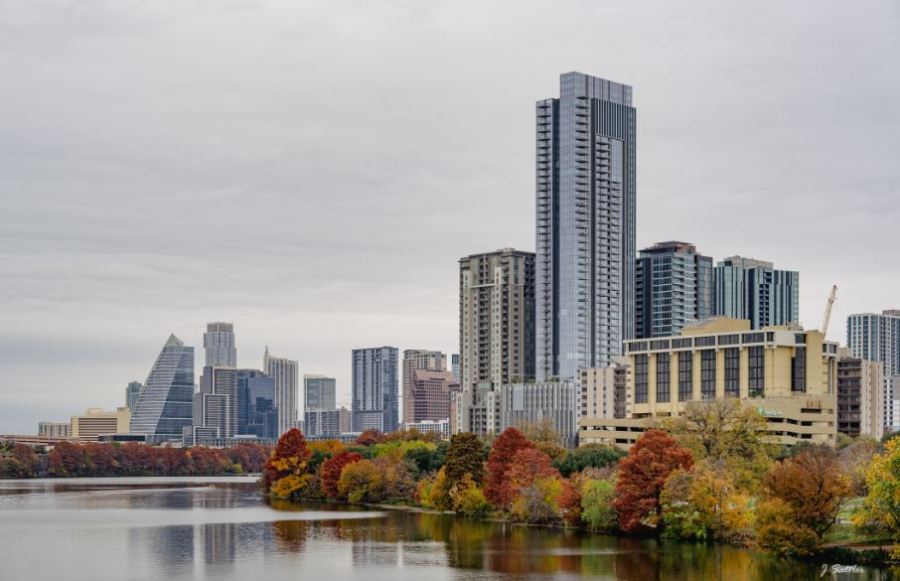AUSTIN (KXAN) — Central Texas has a few seasons with a season. One of those happens in the spring with the spring storm season. It’s the time where this area has its highest number of thunderstorms.
Another one of these is approaching. It’s what we will call the ‘fall foliage season’ that occurs, locally, after the beginning of astronomical fall. This year, the autumnal equinox happens at 7:43 a.m. on Sunday, September 22.
We are not seeing much of a change in the leaves yet. In my Austin neighborhood we’re still finding mostly green leaves but with those drab brown leaves that accumulate on the front stoop. Texas trees tend to stay green for most of the calendar year before turning brown as those leaves continue to float down.
But, wait we have seen times when the leaves change to more vibrant colors, like reds, oranges, and yellows. This happens when chlorophyll breaks down.
Chlorophyll is a blue-green pigment that gives plants their green color. It absorbs light energy for photosynthesis. It is known to decompose in bright sunlight. When the days get shorter and the nights get longer the trees stop producing chlorophyll, and other color pigments are produced.

The demise of the chlorophyll allows the leaves to change from the green hue, reverting back to the other pigments that maintain a presence.
How about rain? Rain can help with the color change. The rains that we had during the summer helped to keep the trees healthy as well as minimizing tree leaf loss. This can lead to more color production.
In Central Texas the leaves typically begin to change color starting in mid- to late-October, although it could happen during this month. It’s peak of the color change season is mid-November. The exact timing will vary from one year to the next, colors may also differ. The nicer colors, the ones that leave the trees picture postcard perfect, happen when a cold snap is followed by warm days and cool nights.

Some of the trees that display the aforementioned reds, oranges, yellows include the Bald Cypress, the Cedar Elm, the Crepe Myrtle and the Pecan. Texas Ash is one of those that goes from green so the brighter colors. Cottonwoods will generally displays yellows. American Sweetgum not only displays red and orange, but can also display a little purple. The Dogwoods also change to the brighter colors but experts say this is for the shorter trees up to about 25 feet tall.
Where should you go? Many people like to take the drive out to Lost Maples State Park. According to the web site ONLY IN TEXAS, the park has over ten miles of trails with plenty of big maples displaying the vibrant colors. The leaves at Lost Maples typically begin changing in late October.

Not to far from Lost Maples is Garner State Park. The park is blessed with many trees, including cypress, mesquite, oak and persimmon. These trees also change from green to those awesome reds, oranges, and yellows. The Frio River is lined with these colorful changes in November.
The Texas Hill Country offers the hills and river valleys that are covered in those brighter colors from mid-October to mid-November.
In Austin, some people like going to Mount Bonnell because it offers a view of the Colorado River Valley where the trees reach their color-change maturity by the middle of November.

The fact that we had an early start to the Texas bluebonnet season may or may not allow us to see the vibrancy of the fall foliage color change earlier than expected. But, we can hope.
Finally, a request. Several KXAN viewers have always been so generous in sending us pictures depicting the weather. We would sure love to see your best fall foliage snapshots when the season is upon us.
The post The fall foliage season in Central Texas is on the way appeared first on Patabook News .

